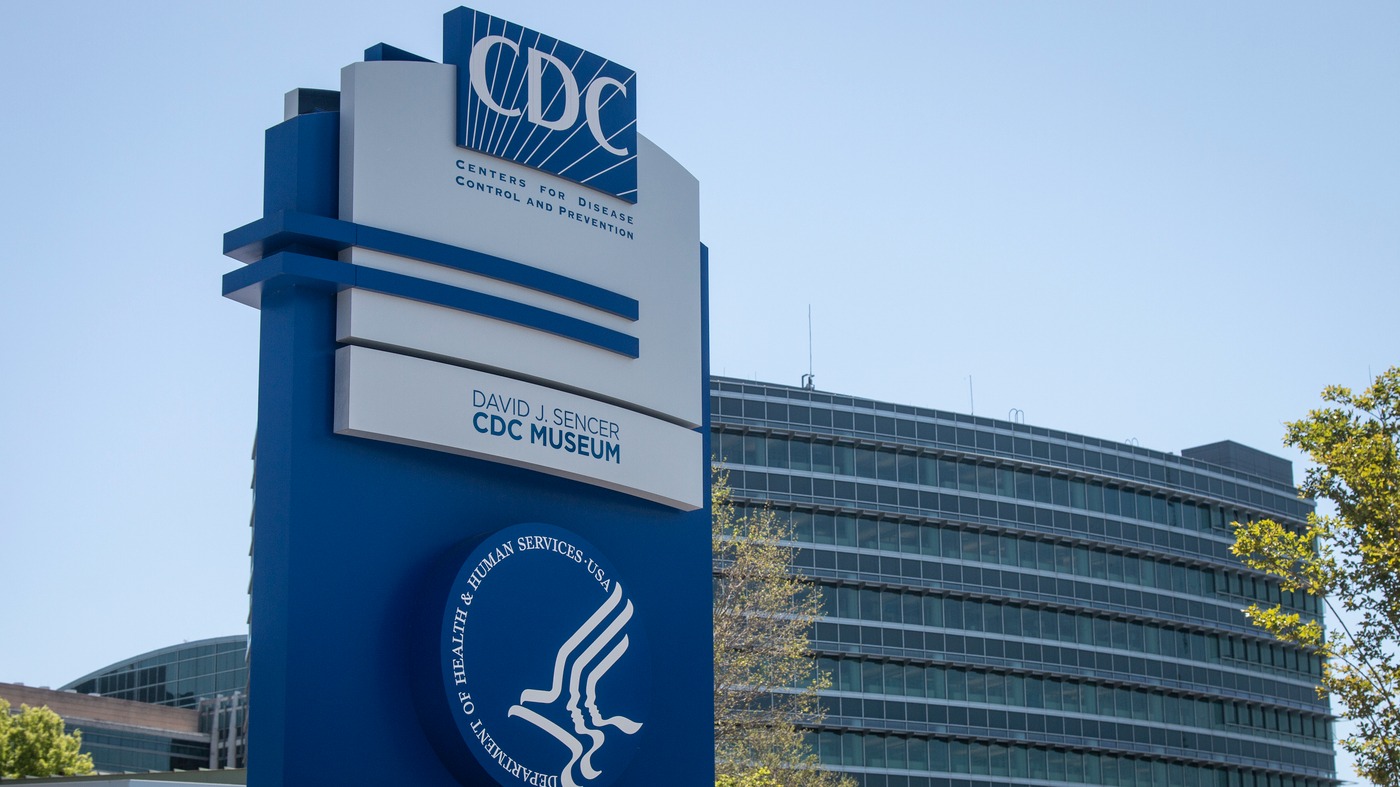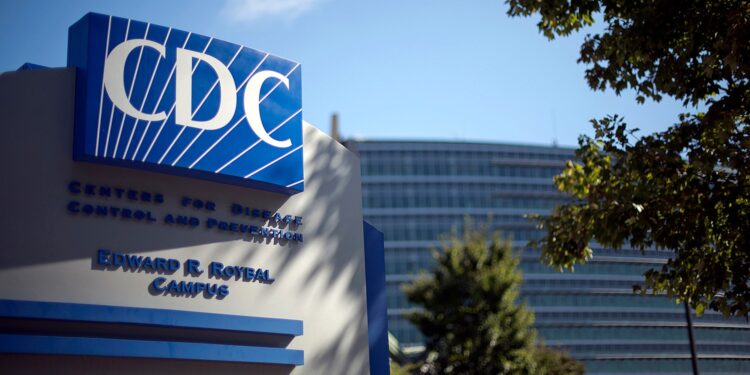Recent decisions from the Trump administration have affected the Centers for Disease Control and Prevention in more ways than one. In addition to asking the agency to reduce its workforce, the administration is now pushing for a $2.9 billion reduction in contract spending, based on information from three federal officials.
The Department of Government Efficiency, which was set up by the administration to reduce costs, made the request to the CDC about two weeks ago. The directive asked the agency to cut about 35 percent of its contract budget. According to those familiar with the instruction, the CDC was given until April 18 to meet the target.
RelatedPosts

This expected reduction will place even more pressure on the CDC, which already let go of 2,400 workers recently. That number represents close to 20 percent of the agency’s entire staff.
By Tuesday, several CDC researchers had lost their jobs. Those affected were focusing on areas such as climate change, lead exposure, smoking, asthma, injury prevention, and environmental health.
Speaking through a written message, Emily Hilliard, who serves as deputy press secretary at the Department of Health and Human Services, said the decision to cut contracts is part of a wider plan that is being applied across all units within the department.
She explained that the purpose is to reduce unnecessary spending, manage operations better, and ensure taxpayer money is not wasted. Ms. Hilliard also stated that every branch under HHS is expected to meet the same reduction goals.
According to her, these measures are being taken so that resources can be managed more efficiently without losing focus on the department’s main responsibility, which is to protect public health and improve services.
Tom Inglesby, a public health expert who leads the Center for Health Security at Johns Hopkins Bloomberg School of Public Health and once advised the Biden administration, gave his opinion on the matter.
He said it would be very difficult for any institution or company to deal with such a sudden 35 percent drop in contract funds.
He added that while it’s possible to make small adjustments and save costs gradually, imposing such a large cut so quickly could weaken any organization. He stressed that this method would not result in positive outcomes for public health.
Among all the contracts managed by the CDC, the most expensive one is linked to the Vaccines for Children Program, which gets around $7 billion each year. This program provides vaccines for children whose families may struggle financially.
A senior official said this particular program would not be affected by the new round of spending cuts, because its funding is protected by law.
However, the CDC uses other contracts to pay for items such as technology equipment, computer systems, building maintenance, and cleaning services. Contracts also cover data management workers and researchers hired for targeted projects.
According to one official, several of the CDC’s contracts in recent years were used to support Covid-19-related work as well.

CDC Health Grants Also Stopped
The Department of Health and Human Services made another decision last week that affected the CDC. The department ended funding worth around $11.4 billion in grants that had been used by states to track disease outbreaks and provide care for people dealing with mental health conditions, substance use, and other urgent needs.
Some of the planned contract work may now remain unfinished because those managing them have already lost their positions.
There was also a separate instruction issued by the administration, directing the CDC to stop issuing grants to Columbia University and the University of Pennsylvania. The reason given was that these schools had not done enough to respond to antisemitism within their campuses.
A CDC scientist who requested anonymity due to fear of retaliation described the impact of these changes. The scientist said that most of the agency’s projects and efforts are carried out through contracts and grant funding. He concluded by saying that removing these resources is like removing the CDC’s ability to function at all.






















